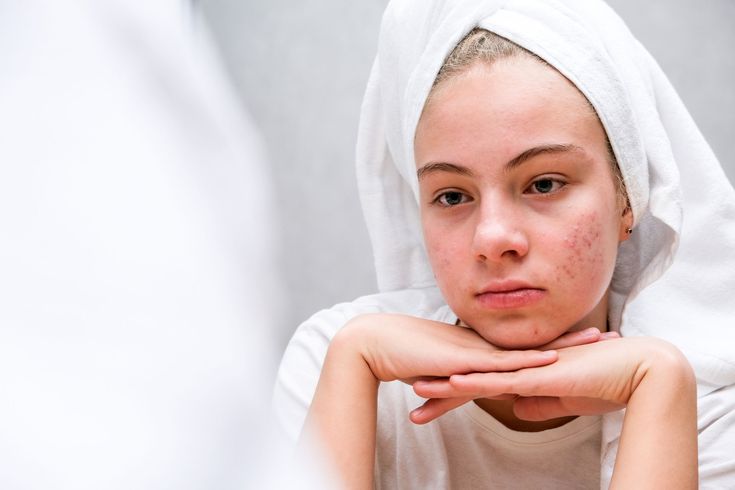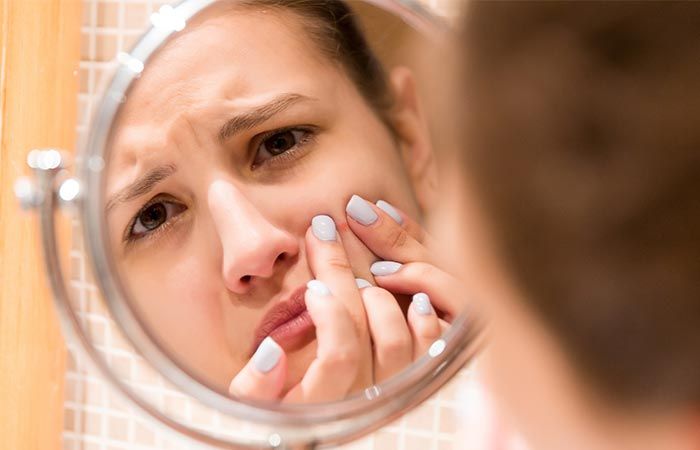As the temperature rises, skin problems enter a high-incidence period. Among the "acne" patients seen in dermatology clinics recently, nearly 30% were diagnosed with Malassezia folliculitis - this skin problem caused by fungal infection is often misdiagnosed as acne by patients because the symptoms are highly similar to common acne, leading to incorrect treatment and even worsening of the condition. This article will provide the public with a practical prevention and treatment guide from three dimensions: the nature of the disease, key points for identification, and scientific diagnosis and treatment.

What is Malassezia folliculitis?
Malassezia folliculitis is a chronic follicular skin infection caused by Malassezia furfur. This fungus is a permanent flora of the skin. Under conditions of high temperature and humidity, vigorous sebum secretion, and decreased immunity, it will break the flora balance, multiply in large numbers, and block the openings of hair follicles. The typical manifestation is round papules with a diameter of 2-4 mm, which are densely or scatteredly distributed, mainly in the chest, back, shoulders, neck, upper arms, and other areas of sebum secretion, accompanied by obvious itching, and pustules or desquamation may occur after scratching.
It is worth noting that the disease has a seasonal characteristic of being more severe in summer and less severe in winter. The recent surge in outpatient visits is closely related to the arrival of the plum rain season: the continued hot and humid environment accelerates the reproduction of fungi, and the combined effects of increased sweating and frequent friction of clothing in summer make the skin barrier more vulnerable.
Why is it always mistaken for acne?
Appearance Differences
Common acne (acne) is characterized by comedones, inflammatory papules, and pustules, often accompanied by blackheads or whiteheads, and is prone to occur in the oily areas of the face and neck. However, the papules of Malassezia folliculitis are more uniform in shape, hemispherical, and smooth on the surface, with few pus heads, and the distribution range often extends below the middle of the trunk.
Symptom Differences
Although both may cause itching, the itching caused by fungal infections is more intense, especially at night or when exposed to heat. Some patients describe the experience as "the more you scratch, the itchier it becomes, and a thin scab form after scratching", which contrasts with the pain of acne.
Development rules:
Acne treatment usually takes several weeks to take effect, while antifungal treatment works faster. If there is no improvement after using acne medications such as tretinoin cream and benzoyl peroxide gel for 2 weeks or even if the rash spreads, you need to be highly vigilant about fungal infection.
Laboratory tests are more reliable than the naked eye :
For fungal microscopic examination, scrape the scales from the skin lesions and place them on a glass slide. After adding potassium hydroxide solution and observing under a microscope, clusters of round spores and budding hyphae can be seen. This is the gold standard for diagnosis.
Wood's lamp examination
uses ultraviolet light of a specific wavelength to irradiate the skin lesions in a dark room. Malassezia will show yellow-green fluorescence, which helps to locate the scope of infection.
skin CT
can be used to non-invasively observe changes in hair follicle structure with the help of a confocal microscope to rule out other types of folliculitis.
It is recommended that patients with stubborn acne who have not responded to long-term treatment actively request fungal testing to avoid falling into a vicious cycle of acne treatment and recurrence.
How to treat it scientifically?
1. The first choice of topical drugs is 2% ketoconazole cream, bifonazole solution, and other azole antifungal agents, twice a day, for 4-6 weeks. For hyperkeratotic skin lesions, a lotion containing salicylic acid can be used to soften the cuticle.
2. Oral medications: Moderate to severe patients need to take itraconazole capsules (200 mg/day, for 7 consecutive days) or fluconazole tablets (150 mg/week, for 2-4 consecutive weeks) under the guidance of a doctor. Note: Liver function needs to be monitored during medication, and pregnant women are prohibited from taking the drug.
3. Physical therapy: Red and blue light irradiation can inhibit fungal activity, and intense pulsed light (IPL) can destroy the hair follicle environment. The combination of the two can shorten the treatment course.
Daily care
Wear breathable cotton clothing to avoid friction from chemical fibers.
Shower immediately after exercise and use selenium sulfide lotion (twice a week)
Strictly protect against the sun, as ultraviolet rays can aggravate post-inflammatory hyperpigmentation.
Avoid high-sugar and high-fat foods and control the intake of dairy products.

How to prevent Malassezia folliculitis?
If family members are diagnosed with tinea pedis or tinea corporis, they should be treated simultaneously to avoid cross-infection.
Avoid long-term use of broad-spectrum antibiotics or corticosteroids.
People with weakened immune systems (such as those with diabetes) should be screened regularly.
During the rainy season, you can use a dehumidifier every week to reduce indoor humidity.
For more information on Innomed®Acne Plaster, refer to the Previous Articles. If you have customized needs, you are welcome to contact us. You Wholeheartedly. At longterm medical, we transform this data by Innovating and Developing Products that Make Life easier for those who need loving care.
Editor: kiki Jia

 English
English عربى
عربى Español
Español русский
русский 中文简体
中文简体








